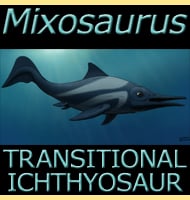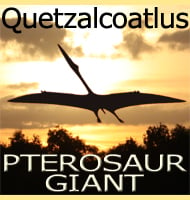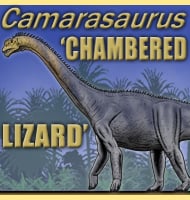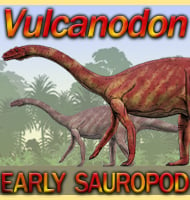In Depth
Megamastax was named in 2014 and described upon the basis of jaw material from three different individuals. The largest of these jaws has been established as being up to sixteen centimetres long, and by scaling to similar sarcopterygiian fish yielded an estimate of a full body length around the one meter mark. This may not be huge by modern standards, but by 2014 this size makes Megamastax the largest known jawed vertebrae of the Silurian period, and up to three times larger than previously known forms.
This discovery has caused further upset to the notion that global oxygen levels during the Silurian were low and incapable of supporting large animals. For some time now analysis of Silurian deposits has started to reveal that oxygen levels during the Silurian were higher than previously thought, and now the discovery of fish up to one meter long is yet a further indication that oxygen levels were at least high enough to support moderately large animals.
Unfortunately we don’t yet know the full story about Megamastax and how it lived. The closest sarcopterygiian fish that we can observe today are the Latimeria coelacanths that live in the Indian Ocean. These fish move and swim fairly slowly, which means that they do not need such a high level of respiration to supply oxygen to muscles. If Megamastax was similar to modern coelacanths in swimming style, then it may have been quite a slow swimmer, and thus not actually require as much oxygen to maintain a large size as more active creatures would require.
One area that we can be certain about Megamastax is that it was a predator, and possibly a generalist one at that. Megamastax had two kinds of teeth in the mouth. The anterior (front) teeth were sharp and suitable for snaring prey, while the teeth at the back were more rounded and more suitable for crushing. These two types of teeth meant that Megamastax would have been equally capable of catching and processing soft bodied prey such as other fish, and harder bodied prey such as shelled molluscs and arthropods. A similar mix of teeth can actually be seen in later hybodont sharks (i.e. Hybodus) which are also known to have been generalist predators, and highly successful ones at that.
Further Reading
- The largest Silurian vertebrate and its palaeoecological implications. - Scientific Reports 4, doi:10.1038/srep05242. - Brian Choo, Min Zhu, Wenjin Zhao, Liaotao Jia & You’an Zhu - 2014.










